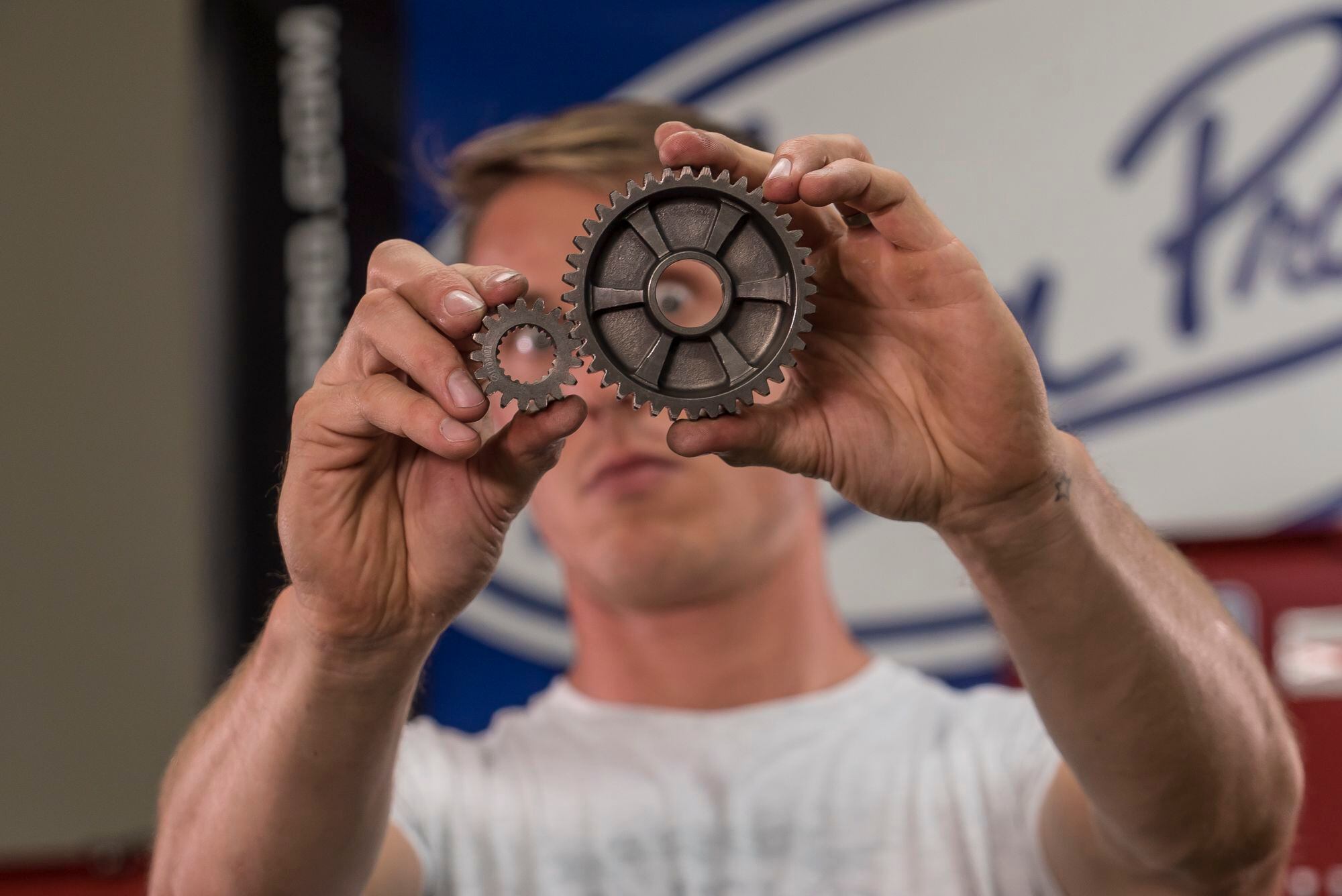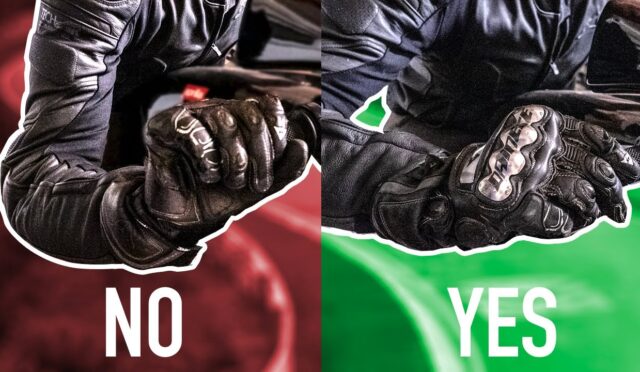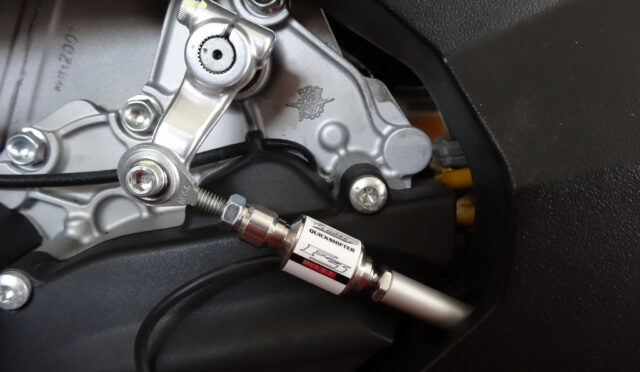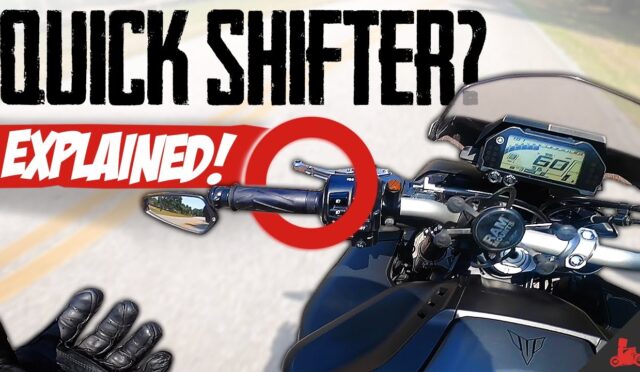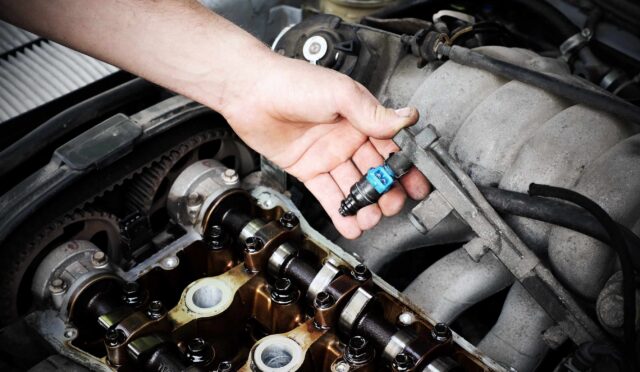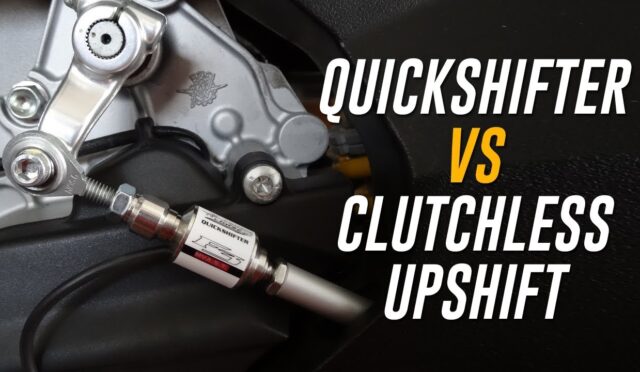Clutchless shifting is a method some riders use to change gears without using the clutch lever. Many bike enthusiasts wonder if this technique harms their motorcycle. Understanding how clutchless shifting works is crucial to answer this question.
When shifting gears, using the clutch helps to disengage the engine from the transmission. This allows for a smooth transition between gears. However, with clutchless shifting, the rider must precisely match engine speed to wheel speed. If done correctly, this method can work without causing immediate damage.
Riders often aim for quick shifts during racing or performance riding. The goal is to maximize speed and efficiency. However, improper clutchless shifting can lead to issues. Misalignment of engine and wheel speeds can cause grinding or clashing of gears. This can wear down the transmission over time.
Transmission components are built to withstand stress. However, consistently using clutchless shifting without proper technique may lead to premature wear. Gearboxes contain various parts, like gears, shafts, and bearings. If these components wear out, repairs can be costly, ranging from a few hundred to several thousand dollars, depending on the bike model and extent of the damage.
To minimize the risk of damage, riders should practice smooth and precise shifts. Pay attention to the engine’s RPM and try to time the shift accurately. Using the throttle to match speeds can help ease the transition. While some bikes may handle clutchless shifts better than others, it is essential to know your motorcycle’s limits.
In conclusion, while clutchless shifting can be performed without immediate harm, it carries risks. Proper technique is vital to prevent damage. Riders should weigh the benefits against potential costs when considering this method. Understanding your bike’s mechanics will provide better insight into the effects of clutchless shifting.
Understanding The Mechanics: How Clutchless Shifting Works And Its Impact On Your Bike
Clutchless shifting is an exciting technique for motorcycle riders. It allows for faster gear changes without using the clutch. Understanding how this method works is essential for any biker looking to enhance their riding experience.
When you shift gears using the clutch, you disengage the engine from the transmission. This process allows the gears to mesh smoothly. In clutchless shifting, you skip this step. Instead, you apply a little throttle and shift the gear while maintaining pressure on the shifter. The key to successful clutchless shifting is timing and engine speed.
Here’s how it works:
| Step | Action |
|---|---|
| 1 | Open the throttle slightly. |
| 2 | Shift to the next gear. |
| 3 | Release the throttle to engage the new gear. |
Mastering this technique can lead to smoother rides and quicker acceleration. However, it is crucial to be aware of potential impacts on your motorcycle. Frequent clutchless shifting can lead to excessive wear on certain components.
Here are some potential effects of clutchless shifting:
- Increased strain on the transmission.
- Potential for false neutrals.
- Higher risk of gear clashing.
- Possible damage to the gearbox over time.
Many riders wonder if clutchless shifting damages their bike. The answer depends on how often and how skillfully it is done. If performed occasionally and with care, it can be harmless. However, overusing this technique without proper skill may lead to problems.
In conclusion, clutchless shifting offers a unique way to enhance your riding experience. Understanding its mechanics can improve your skills. Yet, it is important to balance this method with conventional shifting to maintain the health of your motorcycle.
Potential Risks: Can Clutchless Shifting Cause Long-Term Damage To Your Motorcycle?
Clutchless shifting is a technique some riders use to change gears without using the clutch. While this method can lead to quicker shifts, it raises important questions about potential long-term damage to motorcycles. Understanding these risks is vital for any rider.
Clutchless shifting may seem attractive for its speed. However, it can cause specific wear and tear on your bike. Here are some potential risks associated with this shifting technique:
- Transmission Wear: Regular clutchless shifts can lead to accelerated wear in the transmission. This wear may result in costly repairs or replacements.
- Gear Grinding: Shifting without the clutch can cause gear grinding. This occurs when the gears do not mesh properly, leading to further damage.
- Increased Stress on Components: Clutchless shifting places more stress on the gearbox and other components, which can shorten their lifespan.
- Loss of Control: Shifting without a clutch requires precise timing. Mistakes can cause loss of control, leading to dangerous situations.
To illustrate the potential damage, here’s a comparison of the maintenance costs of clutchless shifting versus traditional shifting:
| Type of Shifting | Average Maintenance Cost | Potential Damage |
|---|---|---|
| Clutchless Shifting | $500 – $1,500 | Increased wear, gear replacement, transmission issues |
| Traditional Shifting | $200 – $700 | Normal wear, occasional repairs |
In summary, while clutchless shifting can enhance your riding experience, it carries risks that can lead to long-term damage. Riders should weigh the benefits against potential costs carefully. The longevity of your motorcycle depends on how well you manage shifting techniques.
Expert Tips: Best Practices For Safe Clutchless Shifting To Preserve Your Bike’s Health
Clutchless shifting is a technique some riders use to change gears without engaging the clutch. While it can enhance performance and speed, it raises questions about the impact on your bike’s health. Here are expert tips and best practices for safe clutchless shifting to help maintain your motorcycle.
Firstly, understanding your bike’s transmission is crucial. Most bikes have a sequential gearbox. Clutchless shifting can stress the transmission if not done correctly. Therefore, it’s essential to time your shifts with precision.
Here’s a quick overview of clutchless shifting:
| Aspect | Description |
|---|---|
| Technique | Changing gears without using the clutch lever. |
| Benefits | Faster acceleration, smoother transitions. |
| Risks | Potential damage to the gearbox, increased wear. |
| Best Practice | Engage throttle and match engine RPMs with gear speed. |
To practice safe clutchless shifting, follow these tips:
- Always upshift when the engine is at high RPM.
- Match your throttle with the gear for smoother transitions.
- Downshift only when necessary; always ensure proper RPM alignment.
- Practice in a safe environment before applying in traffic.
- Regularly check your bike’s transmission health.
Using this technique correctly can help you reap the benefits without severely damaging your bike. However, if you notice unusual sounds or difficulties in shifting, it’s crucial to consult a mechanic. Regular maintenance and proper shifting techniques can extend the life of your motorcycle’s transmission.
Clutchless shifting can potentially lead to increased wear on the transmission components if done improperly, but many riders use this technique without issues when executed correctly.
Clutchless shifting is the practice of changing gears without using the clutch lever, relying instead on throttle control and timing to match engine and wheel speeds.
While clutchless shifting can be safe when done skillfully, it requires practice to ensure smooth transitions and prevent mechanical stress.
If improperly executed, clutchless shifting may lead to premature wear or damage to the gearbox, particularly if gears are forced rather than smoothly engaged.
To clutchlessly shift without causing harm, practice timing your throttle and gear changes accurately, while ensuring the bike is at the appropriate RPMs for each gear.
In some cases, clutchless shifting can enhance performance by allowing quicker gear changes; however, it requires good technique to avoid negative impacts on speed and control.
The primary risks include potential gearbox damage and loss of control, especially for inexperienced riders who may not synchronize their shifts properly.
Many experienced riders use clutchless shifting as a technique, particularly in racing or high-performance scenarios, while others may prefer the traditional method for its safety and reliability.
For novice riders, clutchless shifting can complicate the learning process, as it may be challenging to master proper throttle control and timing without the clutch’s assistance.
Practicing clutchless shifting can be beneficial if you are an experienced rider looking to improve your skills; however, beginners should focus on mastering traditional shifting techniques first.

